Are you a marketer in the EdTech space looking to improve your audience engagement efforts? With more and more educators relying on technology as part of their classrooms, it’s important to ensure that your educational technology products are successfully reaching teachers and other stakeholders. Unfortunately, many brands make critical mistakes like failing to understand the needs and preferences of the target audience or neglecting to establish a connection with the audience by using overly technical language, when engaging an EdTech audience. To help guide you through this challenging process, we’re discussing five common errors marketers in the EdTech field tend to fall into so that you can avoid them for successful outreach campaigns.
Things to keep in mind
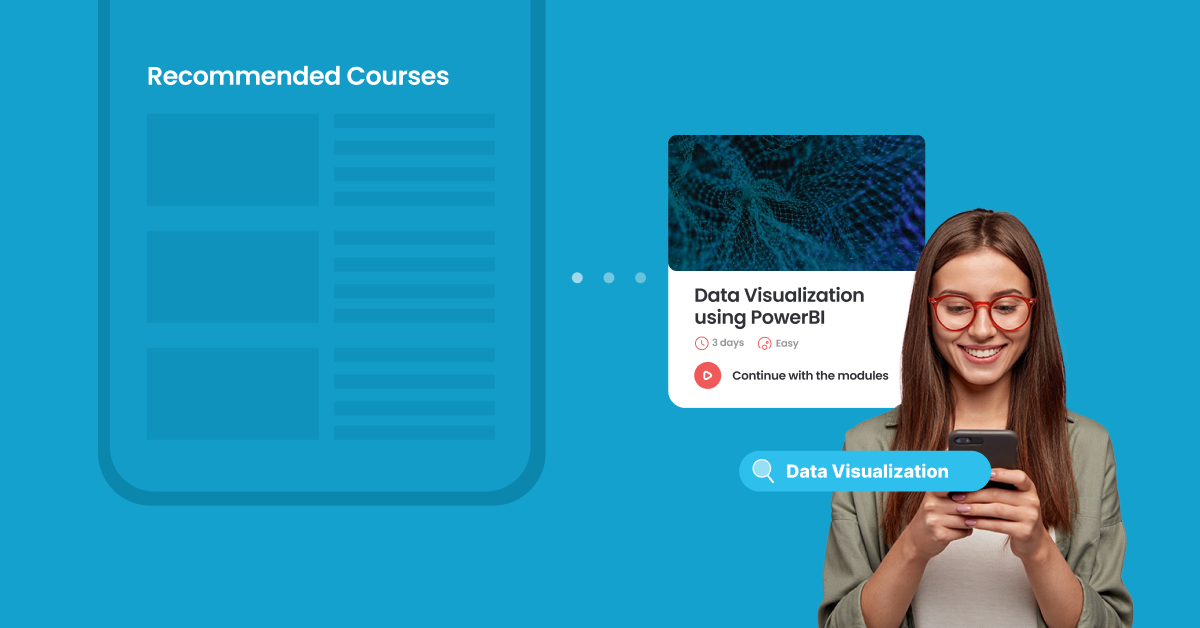
1. Don’t parrot
The assumption that a one-size-fits-all approach to communicating will be effective with their whole audience is one of the biggest mistakes EdTech companies make. The truth is that everyone has distinct needs and expectations of educational technology products, including teachers, administrators, parents, and students. It’s critical to personalize your marketing messaging depending on your audience’s unique requirements and interests to engage them on a deeper level. Create separate personalities for each audience segment, then create messaging that speaks to their individual needs and objectives.
In the long run, don’t forget the power of storytelling. Stories effectively engage your audience in a field where learning and growth are the norms. A common error EdTech firms make is to ignore the emotional component of their offers in favor of focusing just on the capabilities and advantages of their solutions. Use storytelling in your content strategy to effectively engage your audience. Create a narrative around how your technology benefits the educational landscape by sharing success stories, case studies, and testimonials from educators, students, and schools that have benefited from your product.
2. Capture user feedback where possible
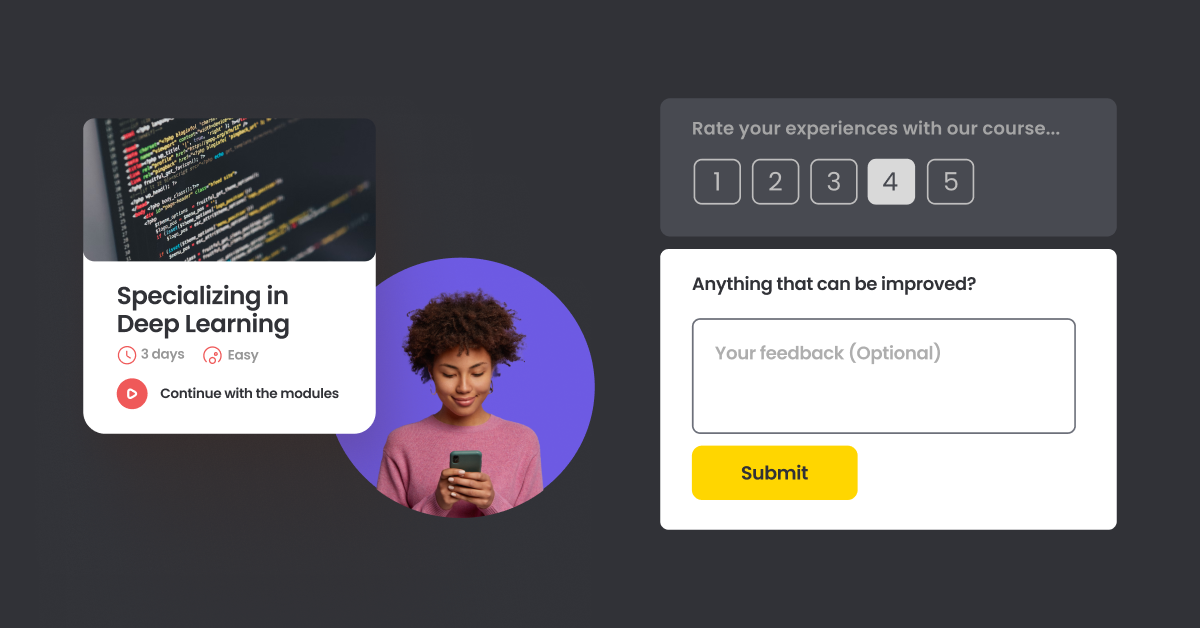
For EdTech companies, listening to users is more than just a common courtesy – it’s a strategic move that can push their products to the next level. Hearing feedback allows companies to identify areas of their service that aren’t working optimally, but more importantly, it gives them a means of connecting with their users. By learning from feedback and incorporating suggestions, EdTech companies signal that they value their users and are committed to delivering the best possible experience. In return, users feel heard, acknowledged, and invested. This translates into more loyal customers, higher satisfaction rates, and a strong sense of community. The benefits of capturing user feedback are clear, and any EdTech company worth its salt should see it as an essential component of its operation.
As an EdTech company, you want your users to have the best possible experience with your product. One of the best ways to ensure this is to capture their feedback. Lucky for you, there are several methods you can use to gather user input.
One option is social media monitoring. With this method, you can track user discussions, identify common pain points, and engage directly with your audience. It’s a great way to stay on top of what your users are talking about and what you can do to address their issues.
But if you want to take things a step further, consider hosting webinars, virtual focus groups, or in-person events. These methods allow you to dig deeper and really understand your user’s needs. Plus, they show your users that you’re invested in their success.
By actively seeking user feedback, you can consistently meet their needs and stay at the top of your game in a competitive market. So why not take the plunge and start gathering input today? Your users (and your bottom line) will thank you for it.
3. Create short-term & long-term goals for your content creation efforts
As an EdTech company, creating a content strategy can be overwhelming, but setting goals is key to success. You can ensure your content is consistently engaging by aligning objectives with your target audience’s needs. Short-term goals are a great way to see immediate results, whether increasing social media engagement or growing your email subscribers. Start by analyzing your current content performance, identifying areas for improvement, and outlining tactics to achieve your goals. Consider setting a specific number of blog posts to publish each month or launching a targeted email campaign. Your content efforts will surely thrive with a clear plan and measurable goals!
Picture this: Your EdTech company has made great strides in the industry, and now it’s time to take things to the next level. You need to establish thought leadership, build a strong online community, and increase your product adoption rates among educators. Easy, right? Well, it’s not as simple as just writing a few blog posts and calling it a day. You must consider your long-term goals, the competitive landscape, and the industry’s direction. With a comprehensive content roadmap that covers key themes, topics, and formats, you can ensure that your content remains relevant and engaging for your audience. So let’s get started on achieving those big-picture dreams and taking your EdTech company to new heights!
Imagine if your EdTech company had a clear path to success, with engaged audiences and a powerful brand. Setting short-term and long-term goals can create a cohesive content strategy that drives growth and ensures your educational technology products thrive. But, it doesn’t end there. By regularly reviewing and adjusting your goals in response to performance metrics, audience feedback, and market shifts, you can stay ahead of the game and keep delivering value to your customers. Don’t let your content efforts go to waste – take charge and pave your way to success.
Mistakes you’re making
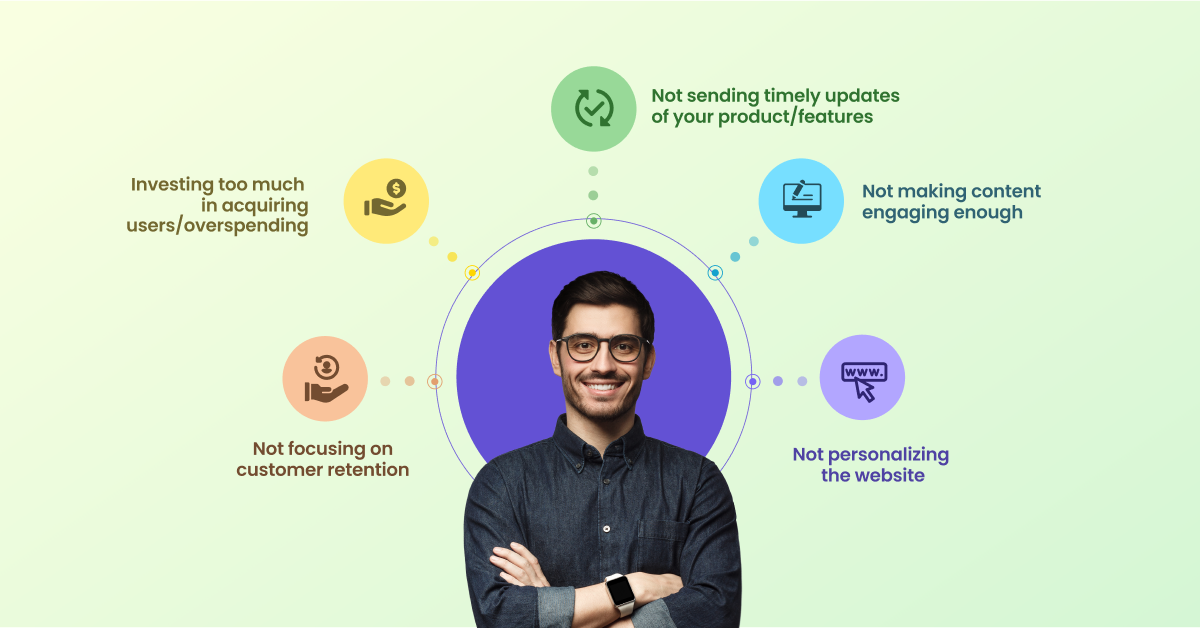
Mistake #1: Not focusing on customer retention
Poor customer retention can be a significant stumbling block in the success of any EdTech business, but many companies overlook it in their focus on acquiring new customers. It is important to understand that the effort and resources into acquiring new customers can be the same—or potentially even more—than what is required to keep them returning. By not focusing on customer retention, EdTech businesses miss out on leveraging the value returned by already existing customers. Furthermore, they may deal with negative word-of-mouth reviews spreading among current and potential customers. In order to succeed, EdTech businesses must recognize and actively nurture customer relationships for maximum growth over time.
In the case of Mero School, right from the outset, WebEngage became the brand’s first digital marketing platform. By leveraging in-app campaigns and push notifications, the brand was able to boost its engagement levels, recover lost sales, and ultimately drive revenue. Given that customer retention was the primary metric that the brand aimed to optimize, it witnessed a remarkable surge in conversions of first-time users.
Mistake #2: Investing too much in acquiring users/overspending
Investing too much in acquiring users is a common mistake made by those just getting started with EdTech. Too often, companies get caught up in the arms race of user acquisitions, stretching their budget to breaking and failing to generate a positive return on their investment. Without careful management, companies can easily find themselves spending more money than they make – preventing any real progress from being made. Actionable steps need to be taken if you want to maximize user acquisition without overspending. That might include taking advantage of incentivized promotions or implementing targeted campaigns encouraging brand loyalty and long-term engagement. Using these tactics and controlling costs makes creating meaningful relationships with the right users possible while still staying within budget.
Shaw Academy uses WebEngage to accelerate freemium to premium conversions. Read how they did it here.
Mistake #3: Not sending timely updates of your product/features

Not regularly sending timely updates of your product or features could prevent your audience from realizing the potential of your EdTech product. Ensuring your audience knows the ever-evolving features or improvements can help them become more engaged and use your product most effectively. Sending announcements about new features, updated user experience, and bug fixes can keep users interested and excited about the product. Moreover, the feeling that you are actively listening to their feedback will boost their loyalty to using it. Consider establishing a communication strategy that consistently informs your consumers and keeps them up to date on how you’re refining your EdTech offerings.
Read how Cuemath’s email CTRs went up by 30% and subsequently caused a 15% increase in fee payments here.
Mistake #4: Not making content engaging enough
One of the biggest mistakes you can make when it comes to audience engagement in EdTech is not making your content engaging enough. By actively creating interactive content and incorporating multimedia elements, such as videos or infographics, will not only keep students engaged with the material and increase retention and comprehension. Considering what works best for your audience before developing content and conducting user testing before launch is important. Not taking time to ensure that the presentation will appeal to students’ understanding can lead to frustration and lost enthusiasm. Put in the extra effort upfront and develop engaging material so lessons are enjoyable, motivating, and purposeful!
Uniconnect significantly improved its student engagement strategy and achieved notable outcomes by delivering personalized communication through various channels at every stage of the student lifecycle. Read how here.
Mistake #5: Not personalizing the website
When aiming to engage an audience with EdTech, failing to personalize the website is a major mistake. Making the website feel tailored and individualized for users encourages them to stay and explore, allowing them to become more familiar with your product. This familiarity can lead to users becoming more invested in the learning process and purchasing products or services. Personalizing a website also helps actively demonstrate how much your company values customers on an individual level. With clearly visible indications of personal value, customers will likely trust your brand and its offerings more. Put yourself in the shoes of potential customers and work on creating a personalized web experience that will benefit everyone involved!
WebEngage has the most advanced Web Personalization Engine and Marketing Automation Workflow through which you can transform a static website into a dynamic experience with little to no code.
Toppr recognizes that each student has distinct learning requirements and, therefore, emphasizes an adaptive learning approach that helps enhance their skill sets in a significant way. By incorporating adaptive learning functionality, the app adjusts itself to the student’s behavior, allowing them to personalize and tailor their learning experience on the Toppr app. Learn how they executed this mammoth task here.
Best practices for EdTech engagement
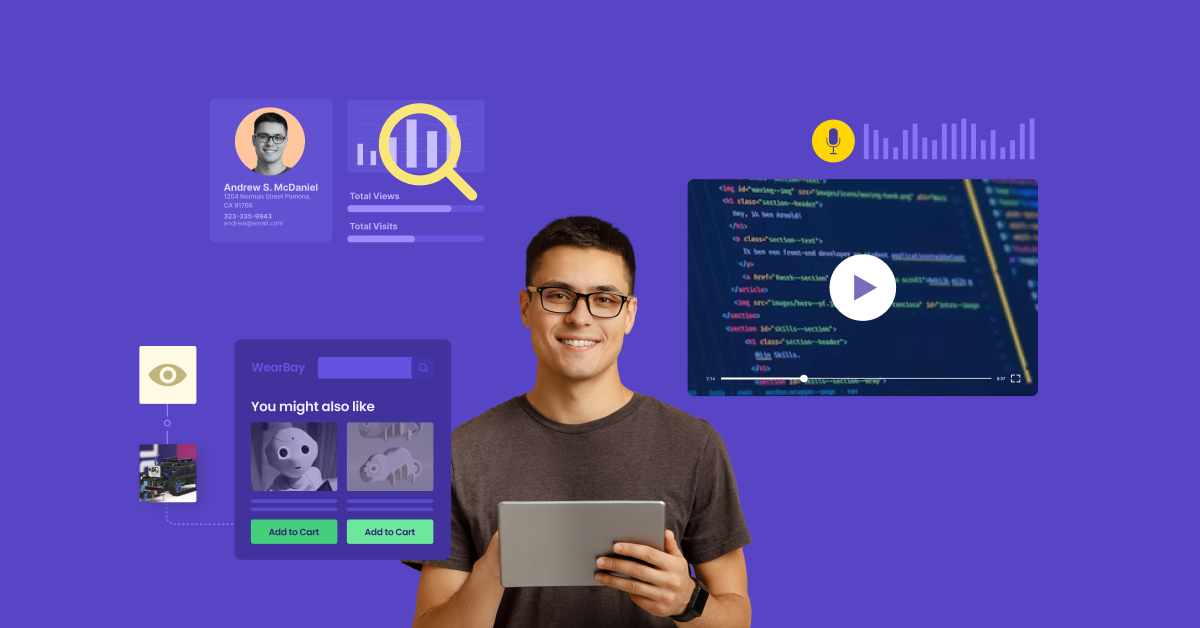
1. Improve motivation
When it comes to EdTech, boosting user motivation is an absolute must. Why? Because motivated users are the engine that drives engagement, loyalty, and adoption rates. And we all know that better learning outcomes are the ultimate goal. If you want to gain an edge in the market and enjoy long-term growth, fostering user motivation is the key to success. The best part? It all leads to a higher return on investment, and who doesn’t want that?
2. Increase participation
Engage, learn, improve, build, advocate, and retain. These are just a few benefits EdTech companies can reap from increased user participation. By actively involving users, companies gain valuable feedback and insights that can inform future product development and marketing strategies, ultimately contributing to the growth and success of the company. But it’s not just about the company’s bottom line – user participation also leads to enhanced learning outcomes, fosters a sense of community, and encourages brand advocacy.
3. Gamify your website
Transforming the ordinary into the extraordinary, gamifying an EdTech company’s website is a game-changer for boosting user engagement, motivation, and learning outcomes. Immerse yourself in a world of points, levels, badges, leaderboards, and team challenges to create an educational experience that’s anything but ordinary. With gamification, even complex subjects become as easy to approach as a game, and user cooperation fosters community and collaboration. The ultimate result? Enhanced learning outcomes and satisfied users who crave more of the thrill of the game.
Embracing EdTech’s potential to educate and empower young minds, companies must harness the power of gamification to make learning an enjoyable and fulfilling experience. By defining specific learning objectives and creating strategically-designed game-like elements, educational platforms can strike a perfect balance between entertainment and instruction, guiding learners toward achievement and success. With this approach, gamification becomes a valuable tool in enhancing the learning process, motivating students to excel and reach their full potential.
Conclusion
With this valuable education, marketers in the EdTech space are now armed with the framework to launch an impactful outreach campaign. A modernized marketing approach that tackles audience engagement needs to cater to customers’ preferences, desires, and ever-evolving technology. This can be accomplished through effective personalization and timely delivery of product updates. Additionally, dedicating resources to ensuring customer retention should be at the forefront of your creative marketing journey.
As you embark on reaching users within the vast EdTech landscape, it is insightful to consider these common mistakes frequently made by marketers. Do not let restricted or aging tech platforms hinder your success – leverage a customer engagement platform such as WebEngage for fast results and an improved user experience. Look no further for the confidence boost needed to enhance your next outreach strategy; WebEngage’s superior customer engagement tools will easily turn audiences into active promoters!
Take a demo with WebEngage to boost your audience engagement today.





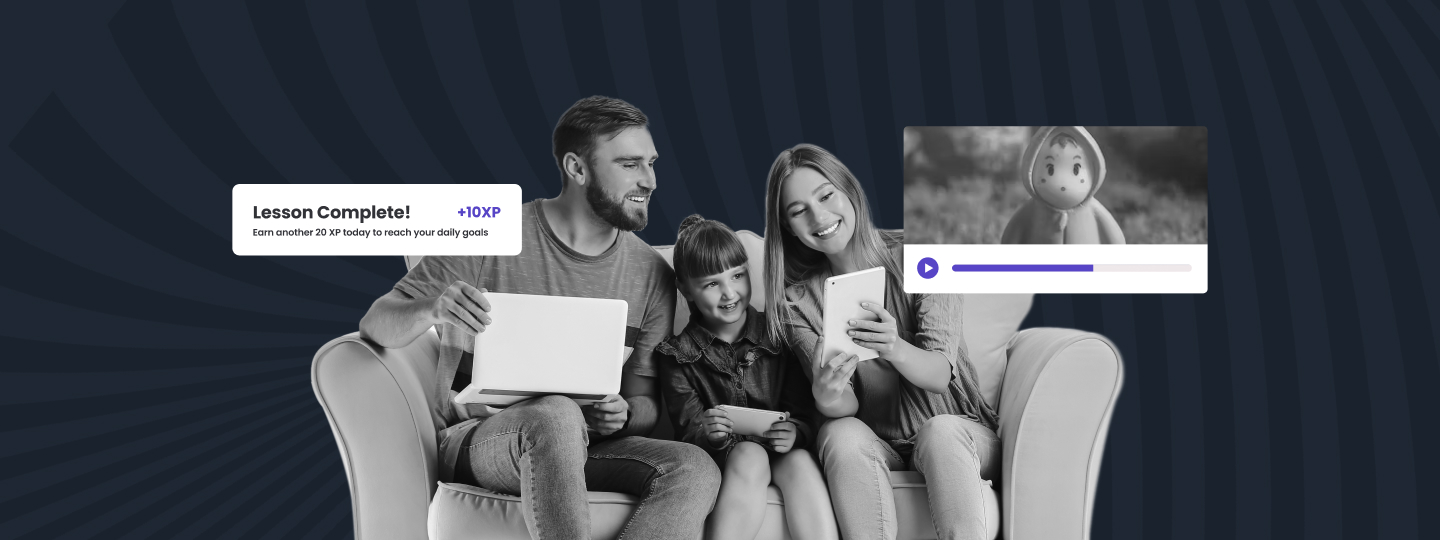

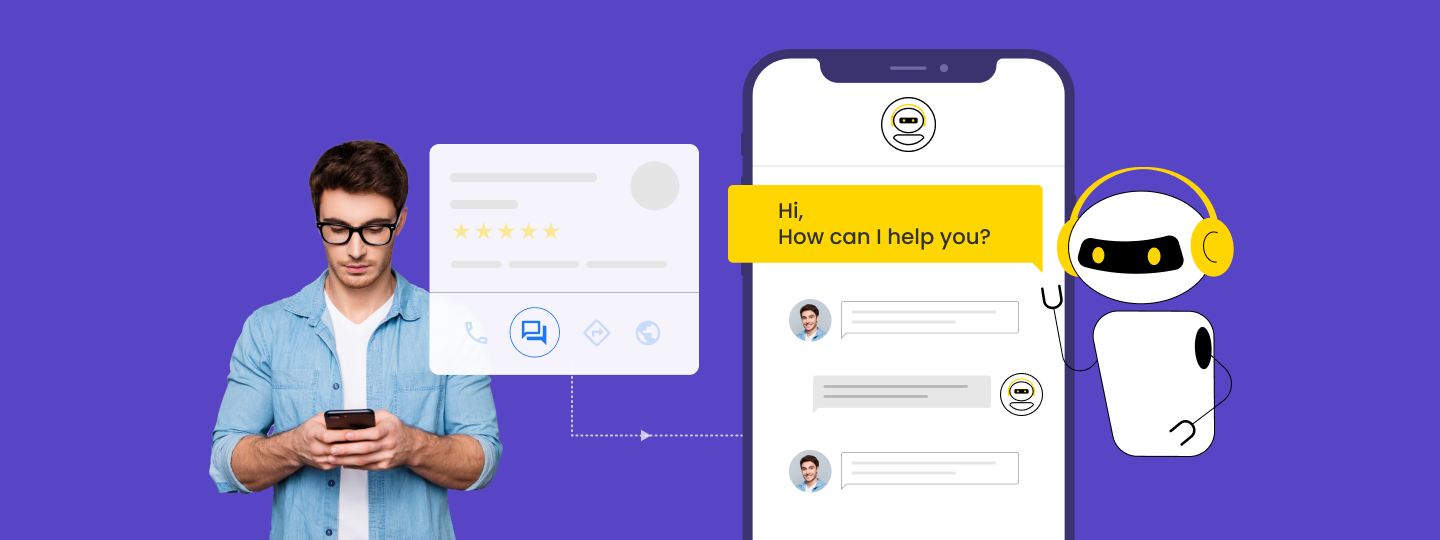
 Dev Iyer
Dev Iyer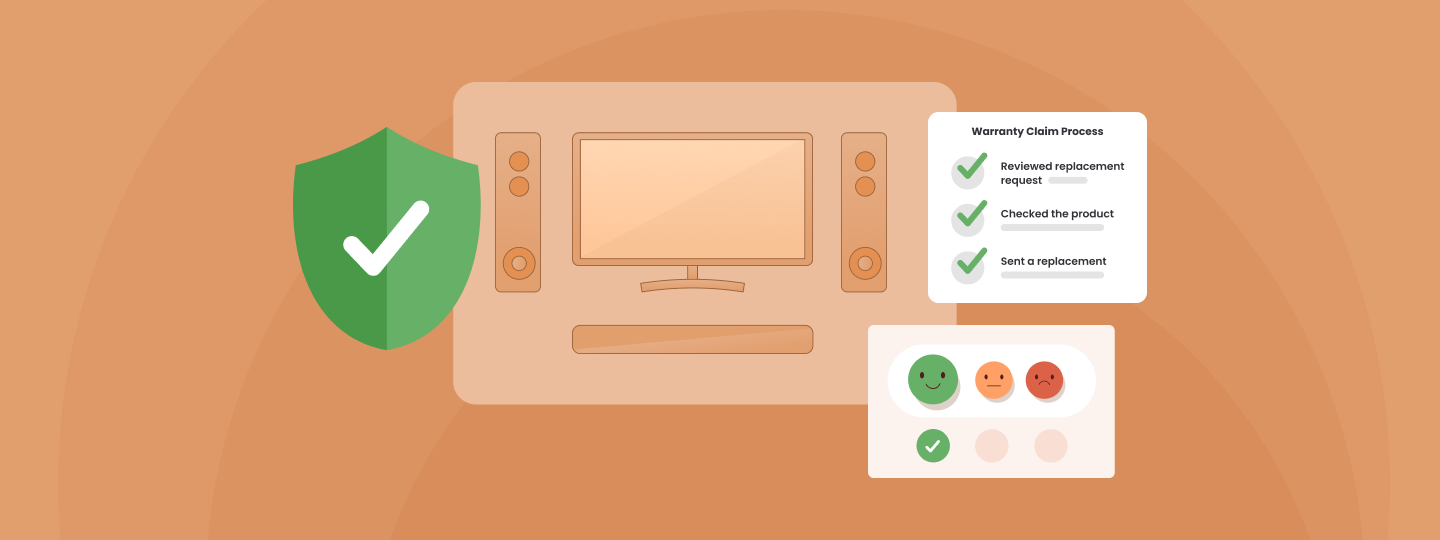
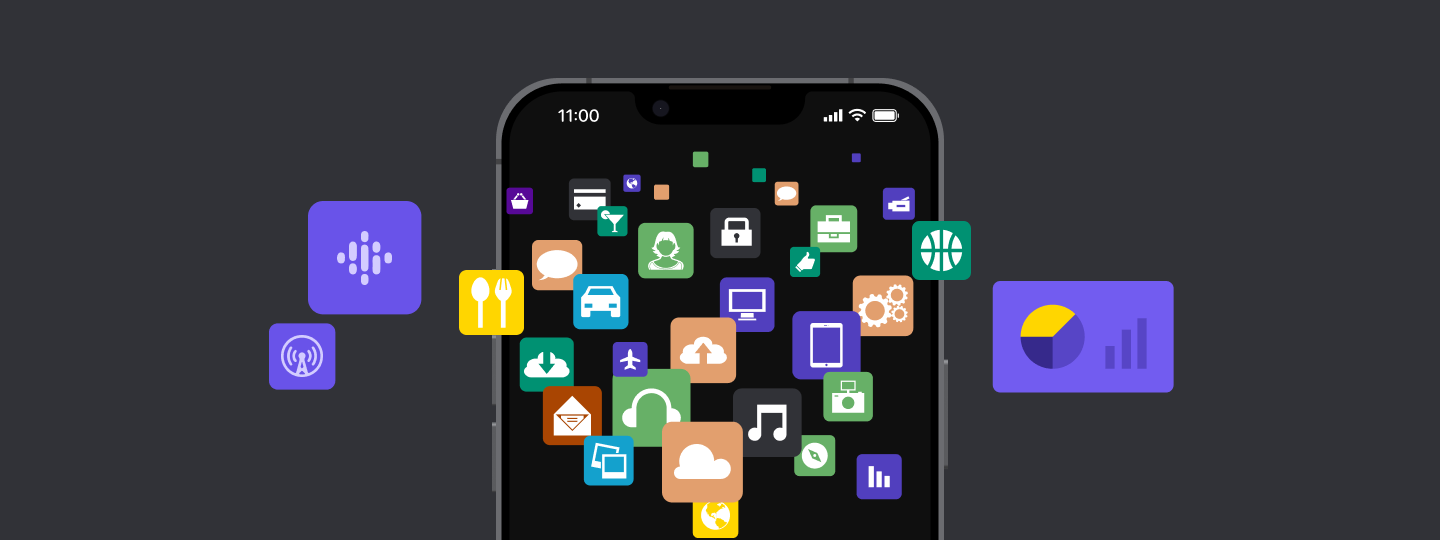
 Sharath Byloli
Sharath Byloli




